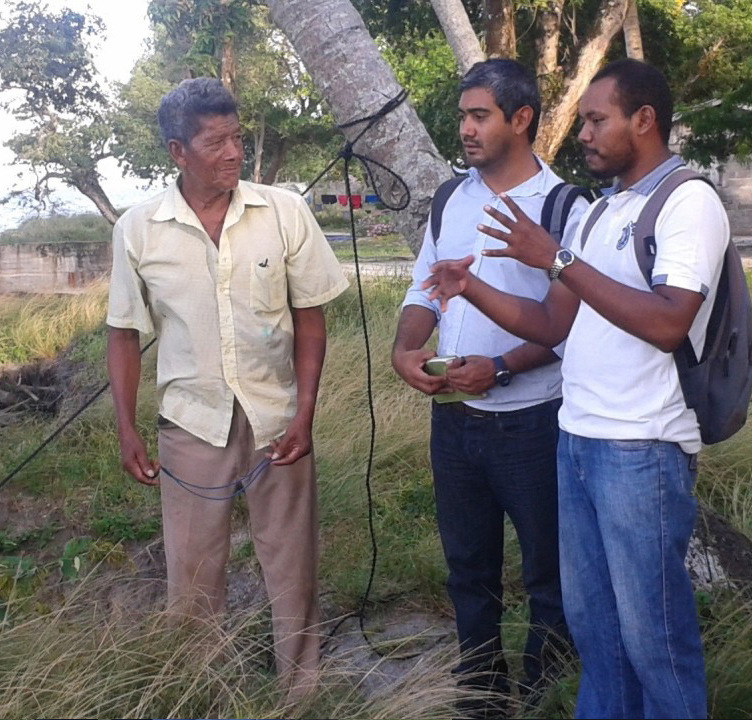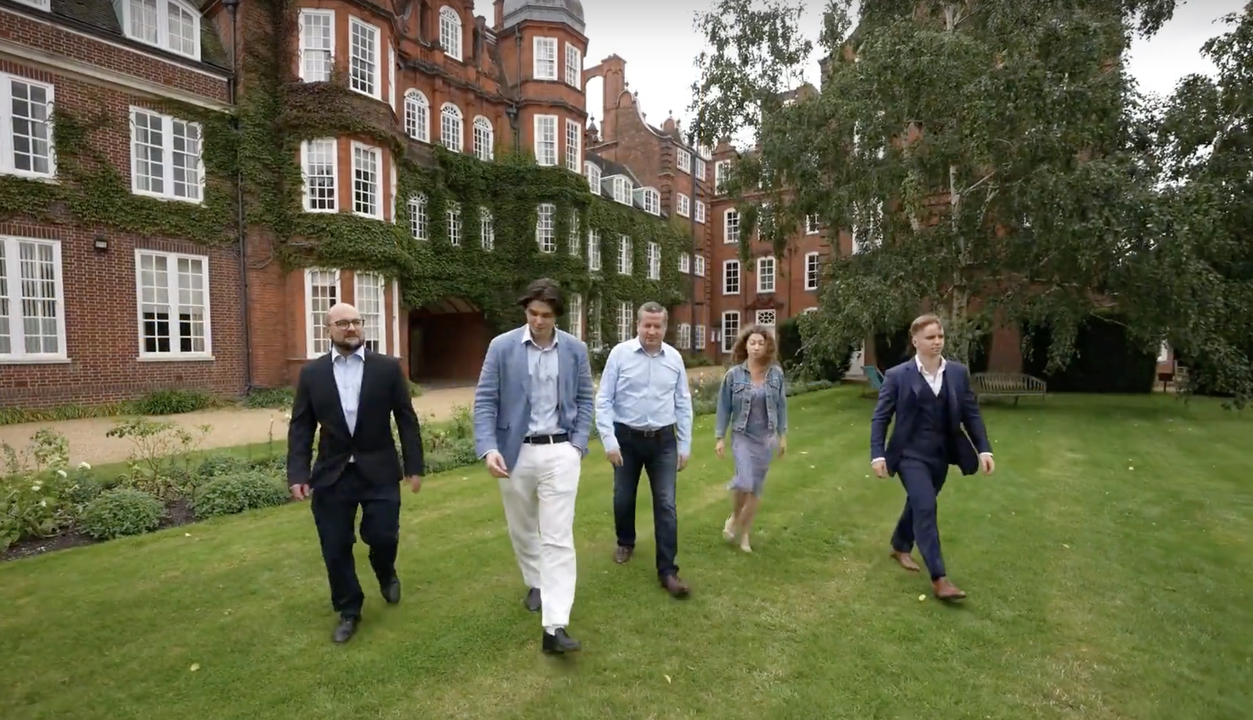What makes hotspot mapping an essential tool for companies and organisations operating in fragile environments?
In high-risk environments, conflict and insecurity are often part of the daily operational realities of business and public organisations. Take the mining sector. In 2021-2023, sources reported 334 incidents of violence or protest linked to copper, cobalt, lithium and nickel operations in the world’s ten highest-producing countries. Peru’s Minas Conga project, for instance, was permanently abandoned in 2016, following tensions that had been escalating since 2011. Meanwhile, allegations of violence continue to surround the operations of Tanzania’s North Mara gold mine, operational since 2002.
What is hotspot mapping and how does it help?
Hotspot mapping is a form of data analysis that identifies and geo-locates statistically significant clusters of events. It paints a picture of the violence and insecurity situation on the ground, by showing where the so-called “hotspots” of activity are. But it goes beyond simple visualisation to detect trends where certain incidents occur more frequently than expected. Users can integrate several important variables—such as climate stressors, political motivations, and socio-economic drivers—all of which add essential information to the overall understanding of what drives insecurity and where.
By geo-locating areas with multiple incidents, hotspot mapping enables businesses to better allocate security resources to protect people, assets, and host communities.
The technique relies on three core analytical approaches:
- Density analysis that examines how closely features are clustered together.
- Proximity assessment to evaluate whether incidents that happen close together are related or not.
- Statistical significance testing that ensures that the identified clusters are not random occurrences.
How do we at INCAS use hotspot mapping?
At INCAS, we use hotspot mapping to capture a dynamic and living risk picture for our clients. We then convert our findings into specific plans, field-based foresight, and actionable strategies. Here are the four ways we use it.
a) Temporal Patterns
We use hotspot mapping to understand when a conflict has typically erupted, when it is most likely to escalate or de-escalate, and under which circumstances (i.e. election campaigns or migration cycles). We also look for cyclical and structural changes. While some spikes in activity are often temporary (such as after an election), others may signal deeper shifts (such as the systematic targeting of certain communities or the formation of armed groups). These deeper or more systemic developments might indicate that existing risk management mechanisms are breaking down.
The temporal patterns that we find provide us with deeper insight and foresight. They help us define what is a trigger for a given situation—in other words, what requires an immediate operational decision by our clients. This means that security teams know the signals preceding unrest, humanitarian actors can anticipate displacement, and businesses can adapt their operational plans before disruptions occur.
b) Geographic Concentrations and Expansions
Hotspot mapping helps us to better understand where risks are congregated and how they are moving. Incidents of conflict and violence are rarely distributed evenly across a country or region. Instead, they are often concentrated in specific locations—along border zones, around markets, or near infrastructure projects. When these conflict and violence hotspots overlap with key sites, then operations, investment, and community safety can all be impacted. This is how hotspot mapping helps to identify priority zones on which to focus and allocate resources.
Through our hotspot mapping, we can also identify where to establish spatial buffer zones—boundaries that protect project sites from nearby instability, whether potential or existing. Even when conflict does not directly touch a project footprint, incidents in surrounding communities can still have a spillover effect through population displacement, armed group movements, or economic disruption. Knowing where to establish these buffer zones is essential for building operational resilience. We can also track how insecurity moves over time, as we recently did for a client that was looking to map the expansion of jihadist activities from the Sahel into coastal West Africa.
c) Actor Mapping
Mapping hotspots allows us to pinpoint which groups and actors are driving particular incidents and how their roles may change over time. We may identify dominant groups, emerging actors, and the relationships between state and non-state actors. For instance, previously-inactive groups may become central actors by mobilising protest movements, forming vigilante groups, or engaging in communal defence. State security forces may play dual roles, such as maintaining order on the one hand, but escalating unrest through heavy-handed responses on the other.
In this way, hotspot mapping transforms a stakeholder list into a dynamic picture of actors, reflecting the continual evolution of influence and power on the ground. By tracking key actors, we can help our clients to adapt their engagement strategies, better understand new interlocutors, and anticipate the ways that emerging players could alter the security landscape.
d) Conflict Types
Finally, we use hotspot mapping to track the nature of conflicts and how they evolve, including their frequency and lethality. For instance, widespread dissatisfaction can prompt peaceful demonstrations that escalate into riots and clashes with security forces. Some incidents may occur frequently, but with low levels of fatality (such as looting, mass arrests, or displacement), while other incidents may be few in number but high in casualties.
By tracking types of conflict and how they evolve, we can discern what form future insecurity may take. If protests repeatedly escalate into riots, then operational planning for a business must include a harder security posture. If violence against civilians is rising, then humanitarian actors must prepare for displacement. Visually displaying and grouping these changes through hotspot mapping helps us recognise how conflicts are evolving in terms of their scope and their nature.
From analysis to actionable insights
The value of hotspot mapping lies not only in identifying where and when conflicts and violence may occur, but in translating these insights into concrete actions that save lives and resources. At INCAS, we always seek to understand our clients’ capabilities and priorities. This helps us ensure that the data-driven insights we generate can usefully inform practical measures to safeguard people and assets, and meet the human rights and humanitarian commitments of our clients.
To learn more about how we do hotspot mapping at INCAS, reach out to Amy Zhang (amy@incasconsulting.com) or our Peace Practice Lead, Sofia Carrondo (sofia@incasconsulting.com).
 By
By


